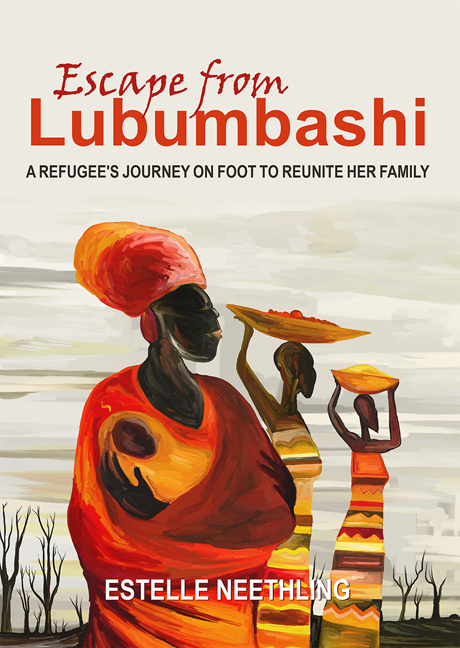10 - Fall of a tyrant
Summary
It was during the relatively peaceful period in Malawi that Adolphine learnt how Joseph Mobutu had been overthrown less than a year after her flight from Lubumbashi. Ironically, in May 1997 it was Mobutu Sese Seko's turn to flee for his life. But it took almost another year, at the end of 1998, for her to hear of the dramatic events that preceded the end of his rule.
Suffering from cancer, Mobutu had returned to Zaire in December 1996 from Switzerland where he had been receiving medical treatment for four months. Although he had remained nominally in control, his prolonged absence had led to a significant decline in his authority. But the already fragile situation in Zaire was further weakened by the aftermath of the Rwandan genocide of 1994 when in October 1996 dissident groups, led by Laurent-Désiré Kabila, one of Joseph Mobutu's arch opponents, strongly supported mainly by Rwanda and Uganda and later by Angola, rose in revolt.
By March 1997, the insurgents and their allies, called the Alliance of Democratic Forces for the Liberation of Congo-Zaire (ADFL), had taken Kisangani (formerly Stanleyville) in the north-east. The ADFL's advance in central and western Zaire accelerated after the fall of Kisangani. In early May the alliance was about one hundred and sixty kilometres away from Kinshasa. It appeared inevitable that the ADFL would conquer the capital. Fears that Mobutu would refuse to leave Zaire and would fight to the death, or that he would have his prominent adversaries killed before taking flight, sparked the need for diplomatic intervention at the highest level to try and bring about a peaceful transition.
The late former South African President Nelson Mandela and his Vice-President, Thabo Mbeki, together with Special American Presidential Envoy, Bill Richardson, formed part of the diplomatic team. Attempts to set up a meeting for Mobutu and Kabila to negotiate included frantic shuttle diplomacy by Mr Richardson as Joseph Mobutu had retreated to Gabon. Mr Mbeki was tasked to convince Mr Kabila to come to the negotiating table.
Under pressure, Mobutu and Kabila met for the first time aboard the SAS Outeniqua, the South African Navy's largest combat support / ice-breaking vessel, on May 4, 1997, off the coast of Pointe-Noire. Joseph Mobutu sat at Nelson Mandela side as the late President Mandela presided over what became unsuccessful peace talks. This important but short-lived meeting achieved nothing of significance.
- Type
- Chapter
- Information
- Escape from LubumbashiA Refugee's Journey on Foot to Reunite her Family, pp. 55 - 57Publisher: University of South AfricaPrint publication year: 2021

